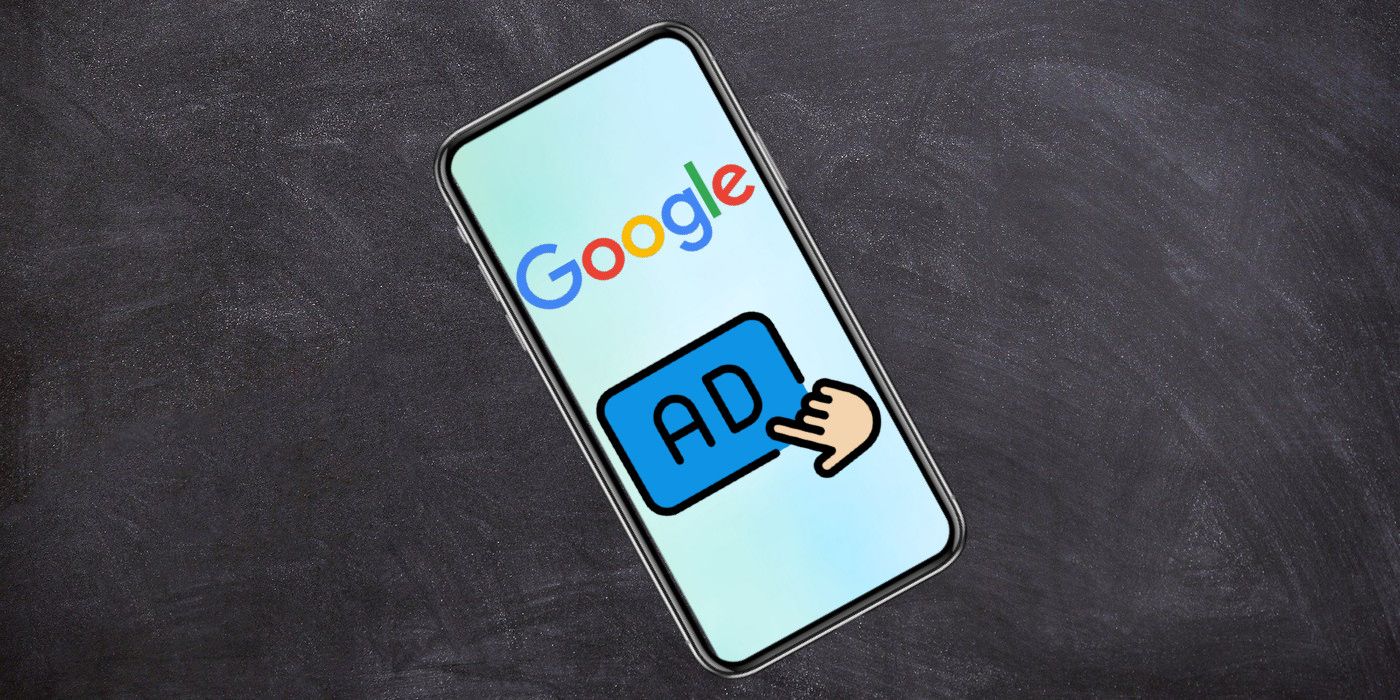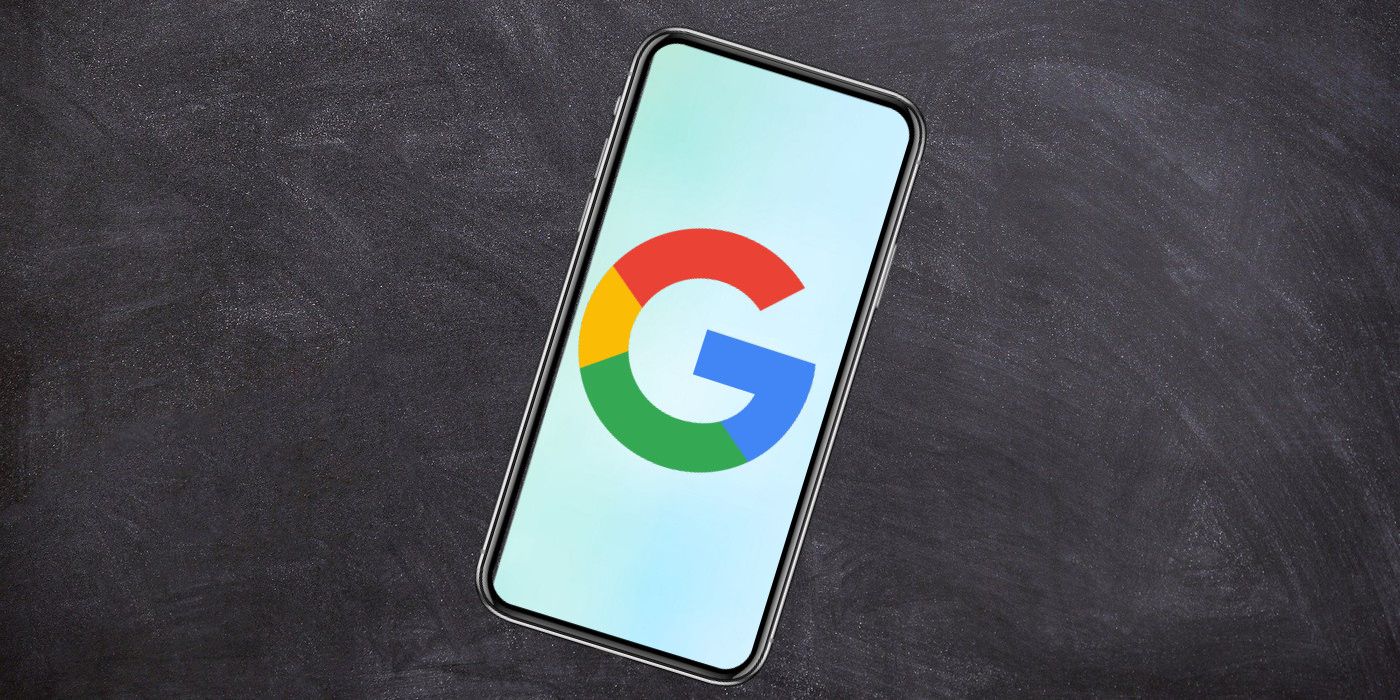At its I/O developer conference, Google announced new advertising controls that will let users choose the ads they see on some of its apps and services. Like most other internet companies, Google derives most of its revenues from ads. The company has often come under scrutiny from privacy advocates for its ad practices, but says it is working to offer more options to users in terms of the ads they want to see.
As part of its plans to offer users more control over targeted ads, Google recently expanded the number of 'sensitive ad categories' to include dating, weight loss, and pregnancy and parenting. The option to restrict the aforementioned categories of ads will be available across all of Google's Display Network, which the company claims is a group of "more than two million websites, videos, and apps."
Google's new advertising controls will enable users to better control the types of ads they see on Search, the Discover feed, and YouTube. In a blog post, Google said that the new tools to fine-tune ad preferences will be part of a hub called 'My Ad Center' that will let users opt-out of certain categories of ads and opt-in to other categories they want to see more ads for. The new controls, which will be launched "towards the end of this year," will not be available on Google's entire ad network, including Gmail and Google Display Network (third-party apps and websites). However, where available, it will let users choose ad categories such as fitness, vacation rentals, skincare, and more. People will also be able to use My Ad Center to personalize the data sources used by Google to show ads.
More Controls To Fine-Tune The Ad Experience
Google is also rolling out expanded controls within ads as part of its policy to offer users a better ad experience on its network. This will help users immediately make changes when seeing an ad they don't like. As part of the plan, each ad will come with controls that will allow users to like, block, or report an ad while also being able to specify whether they'd like to see more or fewer ads related to that particular brand or subject. Google is also adding more transparency to each ad by showing who paid for that specific advertisement.
It will be interesting to see how much the upcoming feature will help users cut down on annoying and irrelevant ads on Google and YouTube, but it does sound like something that has the potential to make online advertising more user-friendly. It could also be an important step towards introducing permission-based advertising, whereby ad networks like Google will allow users to handpick their favored ad categories to make advertising more effective and relevant.
Source: Google


